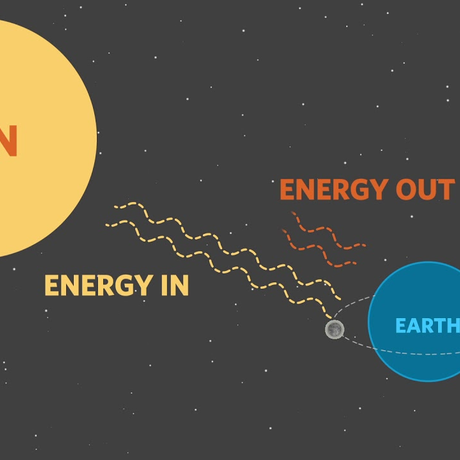Learn the benefit of using videos in the classroom, and browse resources to help you get started.
Astronomers use light to understand our universe. This video explores how a spectroscope works and how the color of light emitted from a star is related to its composition of a star.
About This Video
Grade level: 9-12
Length: 5 minutes
Connections to NGSS: HS-PS4.B, HS-ESS1.A
Guiding Questions for Classroom Discussion
- How do astronomers use light to understand the distant universe?
- What can colors tell us about planets around other stars?
- Can we find evidence of life light years away?
Vocabulary for Students
- spectroscope: an optical device for producing and observing a spectrum of light from any source, consisting essentially of a slit through which the light passes, a lens, and a prism
- diffraction: the process by which a beam of light or other system of waves is spread out as a result of passing through a narrow aperture or across an edge
- wavelength: the distance from one crest to another, or from one trough to another, of a wave
- spectrum: a continuum of color formed when a beam of white light is dispersed (as by passage through a prism) so that its component wavelengths are arranged in order
- exoplanet: a planet which orbits a star outside the solar system
Recommended Resources
CD Spectroscope Learn how to turn an old CD into a spectroscope to analyze light—you may be surprised by what you see.
Super Nova Chemistry This lesson gives students an opportunity to identify elements by using a spectroscope and relating their observations to topics touched on in the Learning From Light video.
The Science of Firework Colors What gives fireworks their brilliant colors? Dive deeper in this video about what chemical compounds make up these brilliant color displays.
Connections to Standards
While this video doesn't necessarily cover the following standards in depth, it is a compelling resource you can use to supplement your curriculum that does.
Next Generation Science Standards Disciplinary Core Ideas
- HS-PS4.B: Electromagnetic Radiation
- Atoms of each element emit and absorb characteristic frequencies of light. These characteristics allow identification of the presence of an element, even in microscopic quantities. (secondary)
- HS-ESS1.A: The Universe and Its Star
- The study of stars’ light spectra and brightness is used to identify compositional elements of stars, their movements, and their distances from Earth.
- The Big Bang theory is supported by observations of distant galaxies receding from our own, of the measured composition of stars and nonstellar gases, and of the maps of spectra of the primordial radiation (cosmic microwave background) that still fills the universe.
Our collection of educational videos will help your students visualize data and understand scientific concepts.


